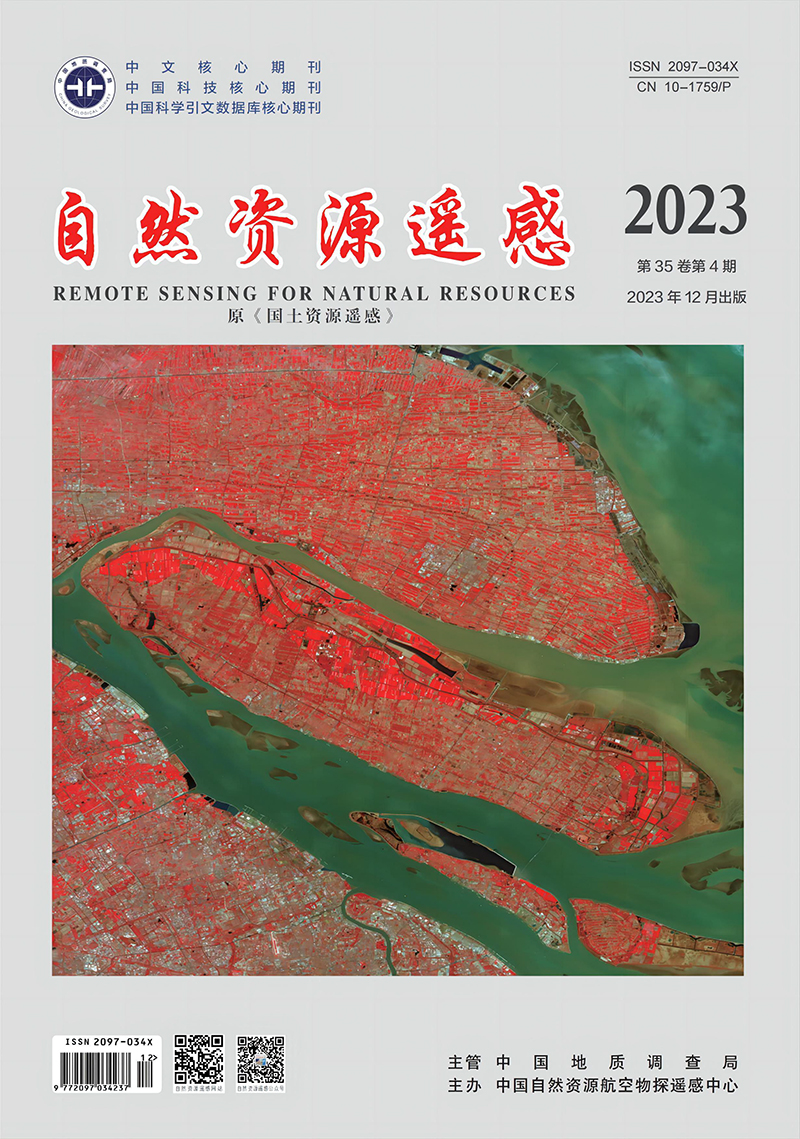HE Suling, HE Zenghong, PAN Jiya, WANG Jinliang. 2023. County-scale land use/land cover simulation based on multiple models. Remote Sensing for Natural Resources, 35(4): 201-213. doi: 10.6046/zrzyyg.2022274
| Citation: |
HE Suling, HE Zenghong, PAN Jiya, WANG Jinliang. 2023. County-scale land use/land cover simulation based on multiple models. Remote Sensing for Natural Resources, 35(4): 201-213. doi: 10.6046/zrzyyg.2022274
|
County-scale land use/land cover simulation based on multiple models
-
HE Suling1,2,3,
-
HE Zenghong 1,2,3,
-
PAN Jiya1,2,3,
-
WANG Jinliang1,2,3,
-
1. Faculty of Geography, Yunnan Normal University, Kunming 650500, China
-
;2. Key Laboratory of Resources and Environmental Remote Sensing for Universities in Yunnan, Kunming 650500, China
-
;3. Center for Geospatial Information Engineering and Technology of Yunnan Province, Kunming 650500, China
More Information
-
Corresponding author:
WANG Jinliang
-
Abstract
Land use/land cover (LULC) simulation is essential for research on changes in land use. Based on the Google Earth Engine (GEE) platform, this study extracted the high-precision LULC information of Luquan County from 1991 to 2021 and analyzed the spatio-temporal evolution pattern. Then, this study analyzed the factors driving LULC changes using a random forest model and compared the simulation results of Luquan County obtained using the cellular automata-Markov (CA-Markov), land change modeler (LCM), future land use simulation (FLUS), and patch-generating land use simulation (PLUS). Finally, this study forecast the LULC change scenario in Luquan County in 2027 using the optimal model. The results show that: ① From 1991 to 2021, the spatial LULC pattern of Luquan County was dominated by forestland, grassland, and farmland. The areas of farmland and waterbodies increased by 89.26 km2 and 27.72 km2, respectively, the areas of forestland, construction land, and bare land increased continuously by 724.25 km2, 21.08 km2, and 13.67 km2, respectively, and the grassland decreased at an annual average rate of 29.20 km2; ② The LULC in Luquan County was primarily influenced by topographic conditions (elevation and slope); ③ The simulation effects of the four LULC models were in the order of PLUS > FLUS > CA-Markov > LCM, with Kappa coefficient of 0.63, 0.58, 0.46 and 0.35, respectively and the overall accuracy of 0.78, 0.75, 0.66 and 0.58, respectively; ④ The spatial LULC pattern in Luquan County in 2027 will share similarities with that in 2021. From 2021 to 2027, the areas of farmland land, grassland, and water bodies will decrease at a rate of 40.21 km2/a, 4.51 km2/a, and 0.70 km2/a, respectively, while the forestland, construction land, and bare land will expand by 265.52 km2, 4.85 km2, and 2.08 km2, respectively.
-

-
-
Access History







 DownLoad:
DownLoad: